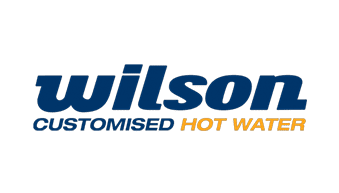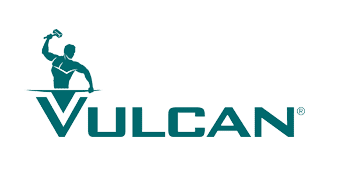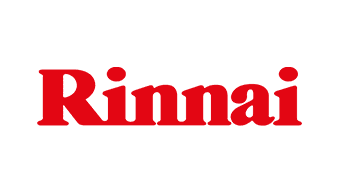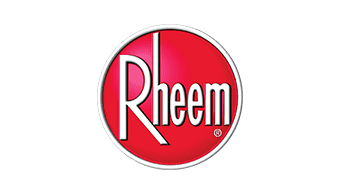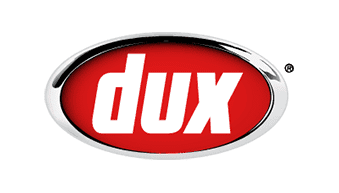
Stormwater Drain Cleaning Tips For Your Home
The attention usually paid to the upkeep of your home’s interior should also extend to crucial exterior elements – such as stormwater drain cleaning. The avoidance of this can harbour a variety of issues, such as flooding, property impairment, and environmental issues.
As such, we present you with a thorough, easy-to-understand guide on keeping a clean and operational stormwater drainage system. These tips can help you prevent undesirable blockages and seamlessly reroute stormwater from your property.
Importance of a Clean Stormwater Drain
Keeping your stormwater drainage systems clean holds significant importance for several reasons:
- Prevent flooding: As debris and sediments gradually build up within the drains, it hinders the smooth flow of rainwater, creating the risk of overflow during heavy rainfall. By keeping the stormwater drainage network system clean, it can effectively transport stormwater from your property, reducing the risk of flooding.
- Property preservation: Stormwater drains are crucial in mitigating damage to property and plants. Preventing your property from being swamped by rainwater, a functioning drainage system guarantees that your property and landscape remain unharmed.
- Reduce icy patches and water contaminants: Clean stormwater drains can create safer walking and driving conditions by reducing the occurrence of icy patches. These drains can also minimise water contaminants, thereby preserving the health and wellness of nearby bodies of water.
- Environment protection: The state of stormwater drains directly contributes to environmental health. A well-maintained stormwater system supports healthy streams and rivers, providing an overall balanced ecosystem. Additionally, appropriate operation and maintenance of stormwater management systems protect public safety, meet legal standards, and protect communities’ financial investments.
What Causes a Blocked Stormwater Drain?
Blocked stormwater drains can be caused by a variety of factors, both natural and human-made. Understanding these causes is essential for effective prevention and maintenance. Here are some common reasons for stubborn clogs in stormwater drains:
- Debris accumulation: Leaves, twigs, branches, and litter often accumulate in stormwater drains during rain and windy conditions.
- Tree roots: Invasive tree roots can infiltrate the drainpipes, leading to blockages and damage.
- Sediment and soil erosion: Sediments from soil erosion can enter stormwater drains and accumulate, obstructing water flow.
- Oil and grease: Grease and oil from roads, parking lots, and industrial areas can accumulate in stormwater drains over time, narrowing pipes.
- Trash and waste: Improper disposal of items like plastics, wet wipes, and food wrappers can cause serious drain issues.
Do You Have a Blocked Stormwater Drain?
Your home’s stormwater drain system is designed to efficiently carry rainwater and runoff away from your property. However, over time, debris and other obstructions can accumulate, causing blockages that impede the normal flow of stormwater.
Recognising the signs of a blocked stormwater drain is crucial because it allows you to take timely action and prevent severe consequences. Here are some key indicators to be aware of:
- Quick overflow: Stormwater drains are designed to handle a large volume of water. When they become blocked, water can quickly overflow, often in unexpected locations. This rapid overflow can lead to property damage and create a safety hazard.
- Broken or cracked drain walls: When the walls of your stormwater blockages’ drain are cracked or damaged, it’s a clear sign of a serious issue. Debris, such as leaves, sticks, and sediment, can become lodged in these damaged areas, exacerbating the blockage. Cracks in the stormwater drain blockages’ walls can be a significant point of concern as they may require repair.
- Gurgling sounds: Unusual gurgling sounds emanating from your drains are indicative of potential blockages in the system. These sounds are caused by air and water trying to escape the blocked drain, creating turbulence.
- Fast-flowing water: Paradoxically, a fast flow of water from your stormwater drain can also be a sign of blockage. When there’s a blockage further downstream, the water backs up behind it, building pressure. When high pressure from the blockage eventually clears, the water rushes out at high speed, causing damage and erosion.
- Water trickling slowly: On the contrary, if you notice that water is only trickling slowly into your stormwater gutters, this could be an early symptom of stormwater pipes or drains issues. It indicates that the blockage in the sewer pipe is causing water to move slowly through the drainage system.
- Water pooling near drains: When you see water pooling around your stormwater drain grates or in your yard after heavy rain, this is a clear sign of a stormwater drain blockage.
- Sinkholes formation: In severe cases, a blocked stormwater drain can lead to the formation of sinkholes. These depressions in the ground are often caused by the erosion of soil due to excessive water accumulation. Sinkholes can pose significant risks to property and safety.
It’s important to note that once you observe any of these signs, it’s recommended to contact a professional for assistance promptly. Trying to address a blocked stormwater drain without the proper knowledge and equipment can lead to further damage.
Timely intervention by drain specialists can prevent extensive and costly issues, protecting both your property and the environment.
Stormwater Drain Cleaning Tips
Maintaining your property is multi-faceted, and the quiet hero, the stormwater drain, requires your attention. Below are some tips to keep it in optimal condition.
- Routine checking: The foundation of a well-maintained stormwater drain rests on its timely and continuous inspection. Assess the contribution of your locale, climatic conditions, and native vegetation to clogging. Take a walk around your property and visually examine your drains for noticeable blockages or damage.
- Effective debris clearance: Accumulated debris like leaves, sticks, and litter obstructs water flow in stormwater drains and sewer pipes. You can alleviate these obstructions manually using simple tools such as rakes, shovels, high-pressure water jets, or simply your gloved hands.
- Landscaping and drainage: Maintain your overhanging vegetation as it leaves dirt and debris in your drains. Regular trims make sure you decrease the organic debris entering your drainage system and hence, mitigate flooding or blockages.
- Choose chemical drain cleaners: Slow drainage or suspected blockages in stormwater pits might require the aid of chemical cleaners devised specifically for stormwater drains. It’s critical to follow the manufacturer’s guidelines and consider eco-friendly options when choosing these products.
- Protecting gutter health: Gutters form an integral part of stormwater drain cleaning and maintenance. Thorough inspections guarantee you prevent the overflows and resulting water damage posed by blocked drains. Consider installing preventative measures such as gutter guards as an essential step towards maintaining cleanliness.
- Using drain guards: Harnessing the aid of stormwater drain guards aids in trapping debris before entering the drain. With an array of shapes and sizes, these easy-to-instal rainwater drain guards prevent larger debris from forming blockages.
- Installing French drains: For properties prone to water accumulation, a French drain might be of value. Specially designed to direct surface water away from your property, French drains aid in managing water runoff. For optimal performance, seek professional guidance during installation.
- The role of downspout extensions: Consider employing downspout extensions to steer clear of water buildup around your foundation. Extending the reach of your drainpipes can redirect rainfall away from your home and into the stormwater drainage system, thereby preventing future water damage.
- Educating household members: At times, the issues you face with your stormwater pipes and drains result from inadvertent actions by your household members. Thus, educating them on the importance and means of resolving blocked stormwater pipes and drains becomes crucial.
- Seek a professional for stormwater drain cleaning: Above all, remember that professional inspections go a long way in identifying potential drainage issues before they lead to severe damage. The complexity of some problems requires professional sewer drain cleaning services, equipped with specialised tools and skills.
The Bottom Line
With all of these tips, regular cleaning and maintenance of drainage systems is key to preserving the integrity of your property and the environment.
After all, a well-functioning stormwater drainage system remains a sound investment for your property’s longevity and your community’s health.
Eager to be proactive with your storm drain maintenance? Metropolitan Plumbing is your dedicated partner in maintaining a dry, safe home regardless of the weather conditions. Call us today for our stormwater drainage solutions.
Please note: This information is provided for advice purposes only. Regulations differ from state to state, so please consult your local authorities or an industry professional before proceeding with any work. See our Terms & Conditions here.
Published: 2023-12-05



